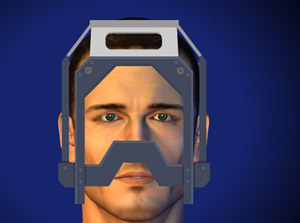Neurosurgery
Types of Neurosurgery
Neurosurgery or neurological surgery, known in common parlance as brain surgery, is the medical specialty concerned with the prevention, diagnosis, surgical treatment, and rehabilitation of disorders which affect any portion of the nervous system including the brain, spinal cord, central and peripheral nervous system, and cerebrovascular system.

Craniotomy for Tumor
This procedure, performed under general anesthesia, creates an opening through the skull for brain tumor removal. The surgery usually requires between two to five hours to complete. The length of surgery depends on the type and size of the tumor.

Gamma Knife Radiosurgery for Tumor
This nonsurgical procedure uses beams of radiation to treat tumors or lesions deep inside the brain. The treatment may take several hours. Children may be given general anesthesia to keep them from moving during the procedure, but adults are usually kept awake.
Dr. Clinton Baird, MD

Clinton Baird, MD
Neurosurgeon
Dr. Baird earned a medical degree from Saint Louis University, where he also completed a bachelor’s degree in biology and chemistry and a graduate study in biology. At Johns Hopkins University he completed his Neurological Surgery residency training.
Throughout his professional training Clinton has positioned himself within the technological and policy landscape of medicine, from the ideation of concept to clinical bedside implementation. He was previously involved in start up out of Hopkins that was taken from ideation to clinical laboratory testing and FDA. During his time at Hopkins he served on the neurological devices panel of the FDA as a clinical consultant. This experience positioned him with an inside view to medical device innovation and policy.
He continued his business pursuits by taking MBA classes through Kellogg School of Business while a resident at Hopkins. He developed a research mindset in the Hunterian Neuro-oncology laboratory with an American Brain Tumor Association funded grant.
He strives to apply this investigative approach to every patient in understanding their needs and how to deliver the most effective treatment.
Clinton pursues his humanitarian goals with feet on the ground mission trips through Cura for the World and One Heart Bulgaria in Bulgaria and Kenya. Professionally in the US he is a lead neurosurgeon at Olympia Neurological. During time away he enjoys time hiking,skiing, and laughing with his wife Alisa.

